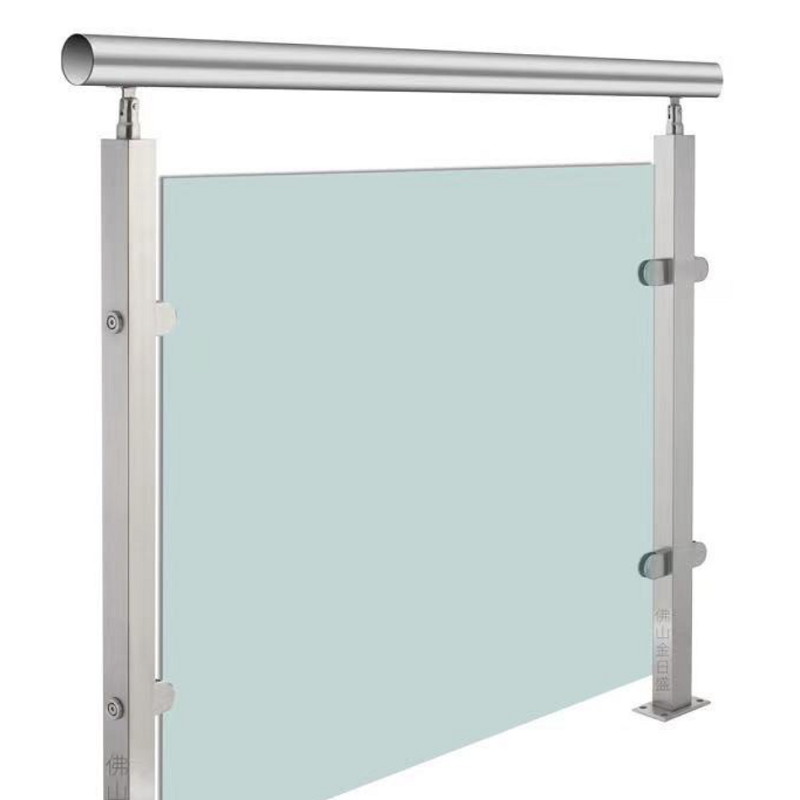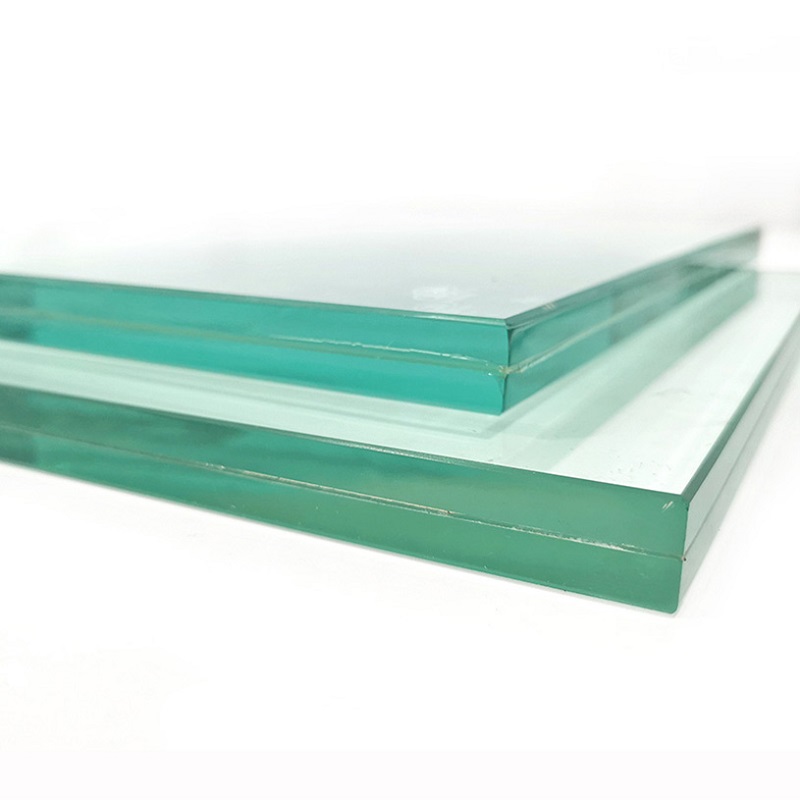In the world of glass design and architecture, both frosted and sandblasted glass are widely used to create privacy, enhance aesthetics, and diffuse light.
What is Frosted Glass?
Frosted glass is glass that has been treated to create a translucent, frosted appearance. This effect is achieved by etching or grinding the surface of the glass to create a fine texture that scatters light and blurs objects behind the glass. The most common methods of producing frosted glass are:
Chemical Frosting: This method involves applying a chemical solution (often a fluoride-based acid) to the glass surface to chemically etch it, creating a frosted effect. This process can be more precise and uniform than mechanical frosting.
When specifically using acid to etch the glass, it is often referred to as Acid-Etched Glass. This technique results in a smooth, satin-like finish that offers a more refined and consistent frosted appearance, making it ideal for high-end applications where both privacy and elegance are desired.
Key Characteristics of Frosted Glass:
Appearance: Frosted glass has a more noticeable, coarse texture with a cloudy or misted look.
Light Diffusion: While frosted glass still allows light to pass through, it creates a soft, diffused light effect, making it ideal for spaces where privacy is desired but natural light is still needed.
Applications: Frosted glass is commonly used in bathroom partitions, office windows, and other spaces where privacy is important, while still allowing light to filter through.

What is Sandblasted Glass?
Sandblasted glass is created by blasting the glass surface with fine sand particles under high pressure. This process creates a similar translucent effect to frosted glass, but with a finer, more delicate texture. The sand particles abrade the glass surface, leaving it with a consistent, smooth finish that is more uniform than the rough texture of frosted glass.
Key Characteristics of Sandblasted Glass:
Appearance: Sandblasted glass has a finer, more even texture compared to frosted glass. The finish is usually smoother and softer to the touch.
Light Diffusion: Like frosted glass, sandblasted glass diffuses light, but with a more subtle, soft fogging effect. The finish can range from a very light mist to a more pronounced opacity, depending on the intensity of the blasting.
Key Differences Between Frosted and Sandblasted Glass
While both frosted and sandblasted glass are used to achieve a similar effect—translucency and privacy—they differ significantly in their texture, production methods, and visual impact.
1.Production Method:
Frosted Glass: Achieved through chemical etching.
Sandblasted Glass: Created by blasting sand at high pressure onto the glass surface.
2.Texture:
Frosted Glass: Has a more coarse, textured surface that is noticeably rough to the touch.
Sandblasted Glass: Has a finer, smoother surface with a more uniform appearance.
Light Diffusion:
Both types of glass diffuse light, but sandblasted glass typically has a softer, more consistent diffusing effect, while frosted glass may create a slightly more textured appearance.

Conclusion
By understanding the differences between these two types of glass, you can make an informed decision on which one best suits your needs, whether for privacy, design, or aesthetic purposes.





